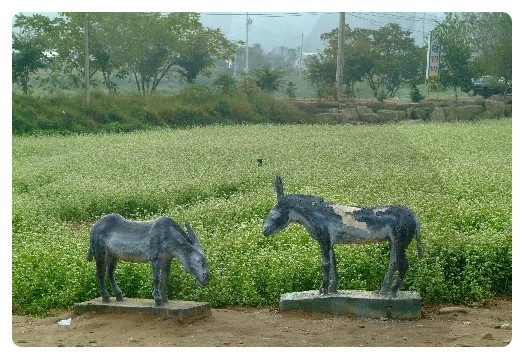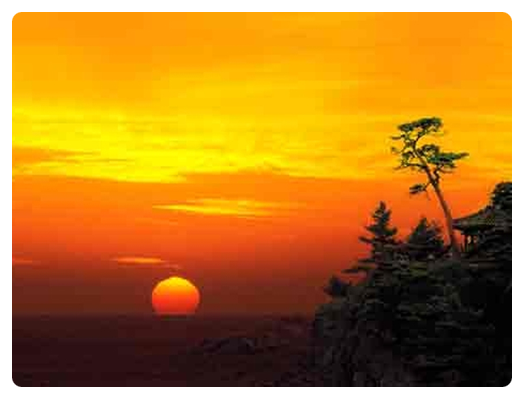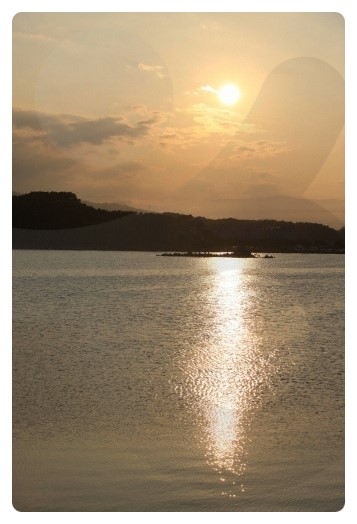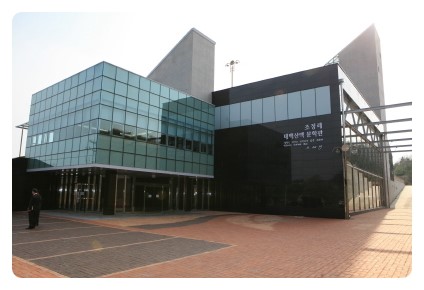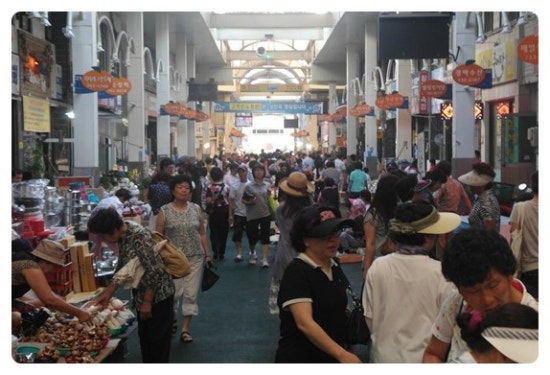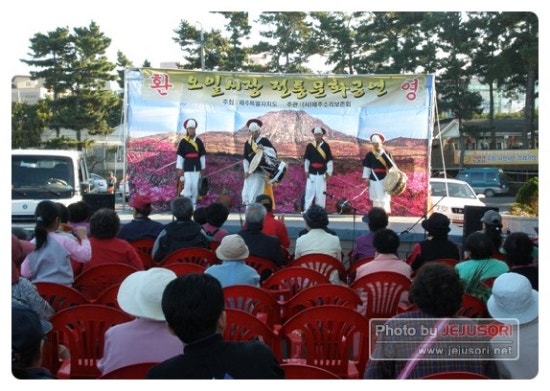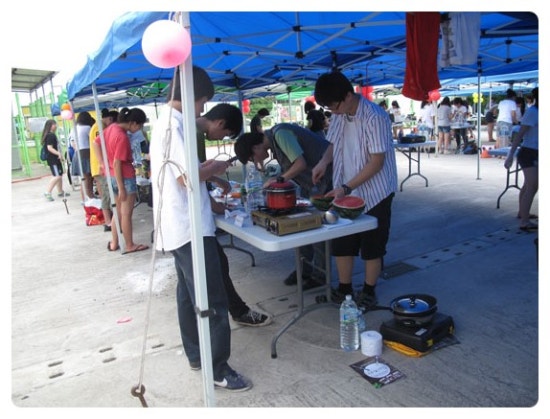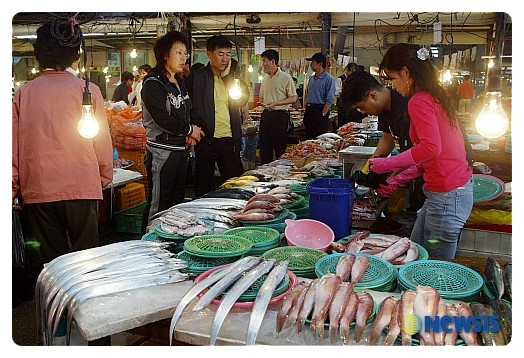Journey of Literature 2011/09/15 17:30 |
For centuries, novels entered our life and truly touched our heart. No matter when and where it was written, the great novel transcends the time and space, attracting thousands of readers all over the countries.
The reason we feel close to those novels is that the author used the real backgrounds and era, many of which were from their experiences. So, that’s why you feel it real when you visit the place of the novel. Let’s go into the background of great novels.
Hometown of ‘When Buck Wheat Flower is in Blossom’
Bongpyeong, which is in Pyeongchang, Gangwon-do, is the background of ‘When Buck Wheat Flower is in Blossom’ and also the hometown of the author, Lee Hyo-seok. Designated as the first cultural village in 1990, this village is full of buck wheat flowers. Tourists stop by to see the mill and the bridge that appeared on the story.
There are many places reminding ‘When Buck Wheat is in Blossom’ in Bongpyeong. Firstly, let’s go to Lee Hyo-seok Culture Center. You will see everything from his life to work.
It displays his medals, remains, first published book, translated copies in English and Japanese, magazines and newspapers introducing his works. In addition, you can take a walk in a garden of literature, buck wheat flower road, and a small path.
You will find Lee’s birth place nearby. In his early years, it was a thatched-roof house, but later it was changed into a house with galvanized iron roofing during nation developing project,Saemaeul Movement and then into tile roofing. Fortunately, Pyeongchang-gun restored his house to the original one in 2007. The farming tools on the walls will make you feel being in the past.
<Bongpyeong, hometown of a renowned novel, ‘When Buck Wheat Flower is in Blossom’> (Source: Korea Tourism Organization)
Not far away from here, there is Gasan Park for commemorating him. Chungju pub was built nearby and his statue and the monument were placed in a sculpture square. Getting out of the park and crossing the Seob Bridge, Bongpyeong traditional market will be waiting for you. Every scene in the novel will be alive in front of you.
Journey to ‘Eight Sceneries of Gwandong Region’
If you are Korean, you might remember this one. ‘Gwandongbyulgok’, a travel story. The lyrics used to appear in a textbook and a school exam. It is about a newly appointed governor,Jeongcheol’s impression on the beauty of Gangwon-do. He praises the breathtaking scenery of Mt. Geumgang and then tells what Chongseok pavilion and Samil beach are like from the east coast. The story continues as he headed to Euisang pavilion in Yangyang.
Naksan temple was founded by Buddhist priest, Euisang, in a reign of King Munmu. It is regarded as one of the three major Gwaneum temples. There is a legend that Euisang met Buddha Gwaneum at Naksan. Euisang pavilion is located on the cliff near the ocean. There are old pine tree named ‘Gwaneum’ around and a statue of Buddha Gwaneum on the hill.
East Sea seen from Euisang pavilion has many beautiful rocks and blue ocean. A lot of people come to see the sunrise like Jeongcheol described.
For that reason, the area got to have a beautiful soft sand beach, eastern coast and wide lake. Everyone easily forget how time flies when they face the wind breeze and appreciate the view from pavilion. Indeed, they are the truly magnificent sceneries.
From September to October would be the perfect season to enjoy the full view of East Sea. If you love the ocean and car driving, this journey is the one you would love.
The Journey to Beolgyo, Site of Novel ‘Taebaksanmaek’
The novel ‘Taebaeksanmaek’ is considered one of the best sagas which deal with modern history of Korea. The story is about before-and-after war and the people. Since it is said that the novel would be dramatized, Bosung-gun Bulgyo, Jeollanam-do, the background of it, started to rise as a tourist attraction.
Bulgyo is the most crucial background of the novel. Still, it is an important place where the ocean and river meets together, and a traffic hub connecting Goheung, Bosung andSuncheon, which brings in many people.
If you see the area surrounded by mountains, you will recognize the place is just perfect to present the era of disturbance.
Just for reading this, I think you already started the journey. Only the ones who get to the site of the novels can tell how exciting it is. Also it must be fun to think of how different it would be from what you have imagined of real sites.
Your journey with Korean literature will be more fun after going through the books again. Why don’t you start a trip to find out the sites of your novels?
